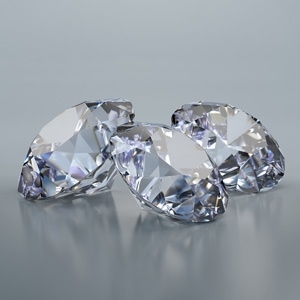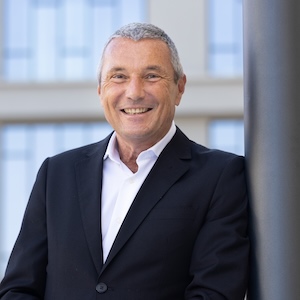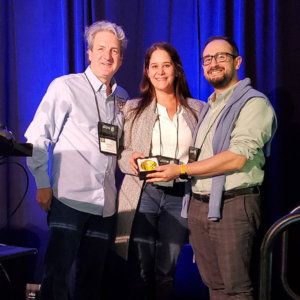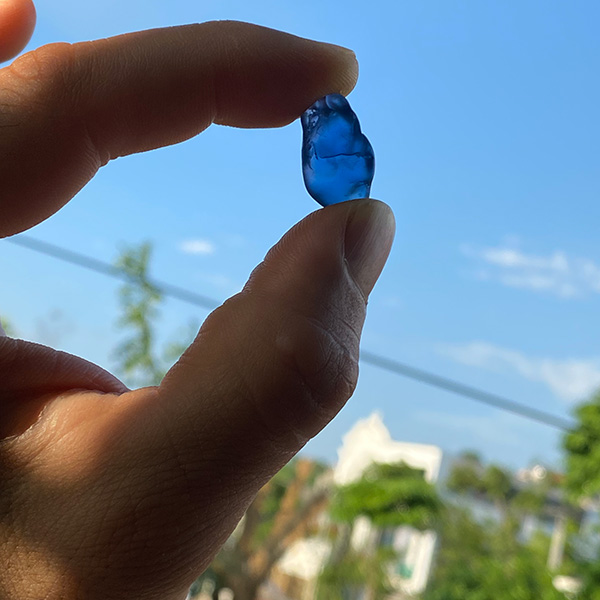
In 2009, five years after he’d joined 100% Natural Ltd., his father’s gem business in New York City, David Nassi journeyed to the Lục Yên district in northeast Vietnam’s Yên Bái province, an important mining and trading center famed for its production of blue spinels.
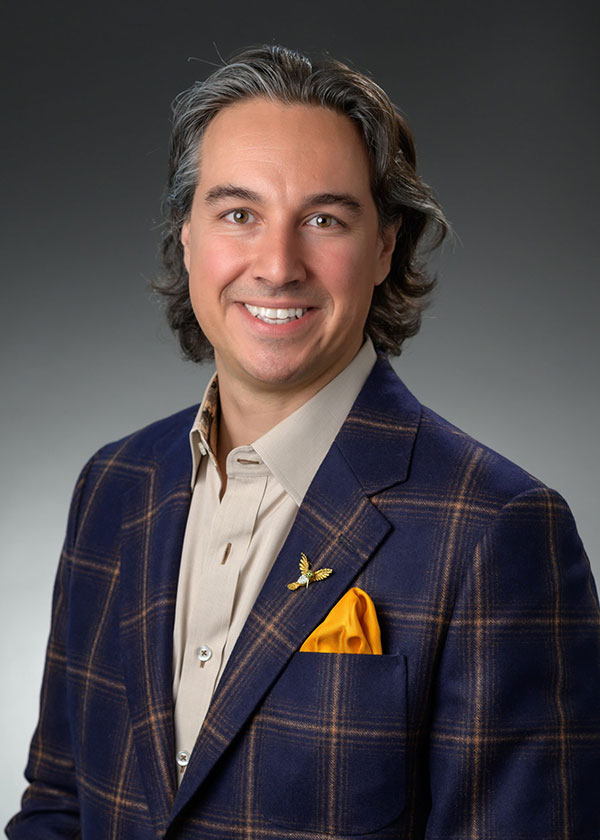
“I was really drawn to the spinels,” Nassi tells JCK. “I thought they were gorgeous and rare and Vietnam seemed like the only place to get the super-vibrant cobalt blues.”
The gem pickings on that first visit were slim. “Most of what I bought were smaller Vietnamese stones,” Nassi says. “It’s true of any mine: In order to get the biggest and best stones you basically have to sit there and wait or have someone who’s constantly buying on your behalf. I bought a few small cobalt blues, which I still have in my personal collection.”
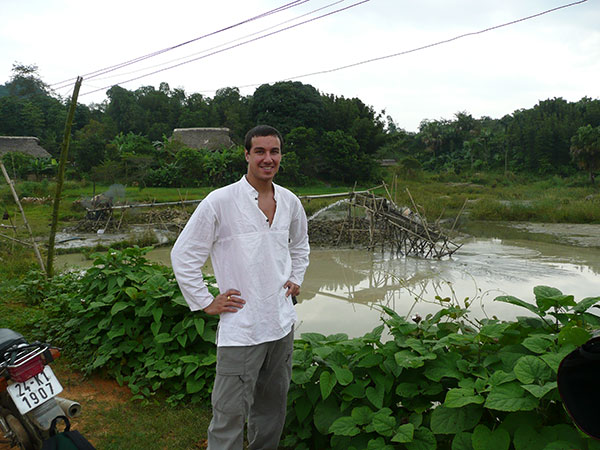
Although the buying trip was not as fruitful as Nassi had hoped, it fueled a passion for Vietnamese gems—in addition to spinels, the country produces pink sapphires, rubies, aquamarines, garnets, and tourmalines—that Nassi has stoked over the past 16 years. He returned—twice—in 2009 and sporadically over the ensuing decade.
Nassi’s most recent trip to Vietnam, a brief three-day sojourn, took place in September, when he and his older brother, Josh, returned to Lục Yên to refresh their inventory in advance of the 2024 AGTA GemFair in Tucson, which opens on Jan. 30. They timed their visit so it fell just after the Hong Kong fair in September, smack in the middle of rainy season (which meant they couldn’t trek to the mine), and spent their time in the trading center; the brothers are planning another visit to Lục Yên, including the mines, at the end of February.
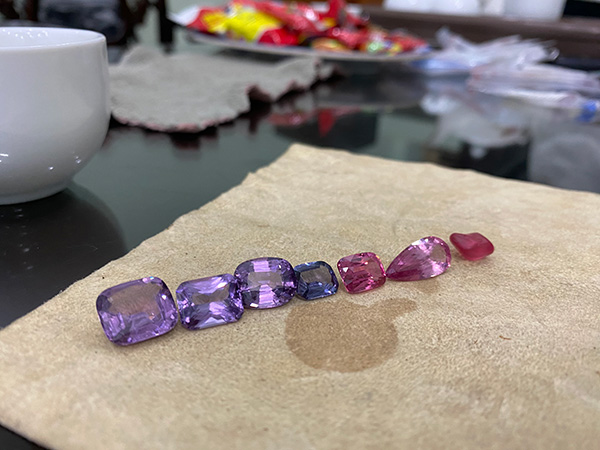
“It had been five years since we were in Hong Kong,” he says. “We felt it was a good opportunity to go back to Vietnam and reconnect. Everything there was overpriced and very difficult to buy. Everything we saw had been oiled. We do our best not to deal with oiled stones—basically, they’re oiling everything and it looks a lot better than it is. It’s very difficult to buy as a result.”
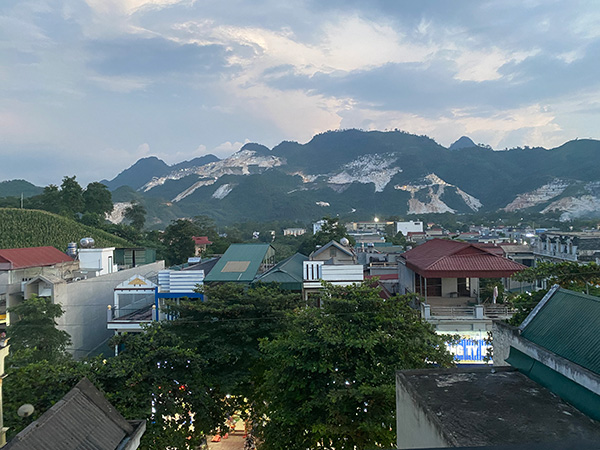
If you hadn’t noticed the promise implicit in Nassi’s company’s name—100% Natural—he and his brother (along with their father, Abraham, who’s now “semi-retired,” according to Nassi) specialize in gems that are free of treatments or enhancements.
“We created the niche of natural gems around 2007–2008,” Nassi says. “My dad had always focused on that but it wasn’t his sole focus; he also did modern and antique jewelry. After working in the industry full time for three to four years and going to the AGTA show, I was trying to bring focus to the business. My experience was you needed a look that people came to you for—you can’t be everything to everybody or else you stretch yourself too thin.”
Given their specialty, the Nassi brothers’ September trip to Vietnam was complicated by the abundance of oiled stones on offer—but it paid off after they returned home. “A month or two afterwards, our friend who’s a broker bought a big piece of pinkish-violet spinel,” Nassi says. “The rough was 50 carats or so and it cut four stones. The largest was 10 carats and we have all four stones.”
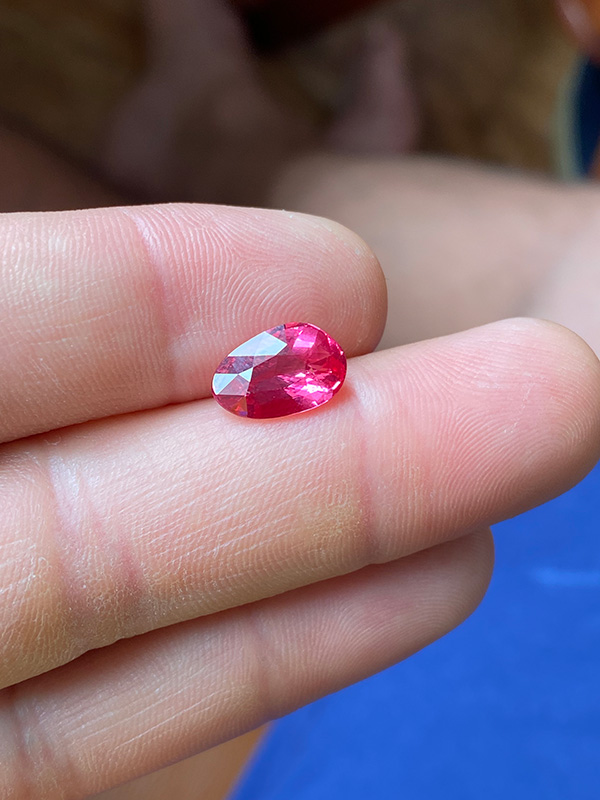
Expect to see those gems in Tucson, provided they don’t sell this month. Also expect to find a selection of bright green demantoid garnets from the Prosperity Earth mine in Madagascar. Last year, Nassi partnered with John Ferry, the founder and CEO of the vertically integrated mining and cutting operation, to cut and market some of his larger goods, particularly to designers and retailers (“I like his ethos and like what he’s doing over there,” Nassi says).
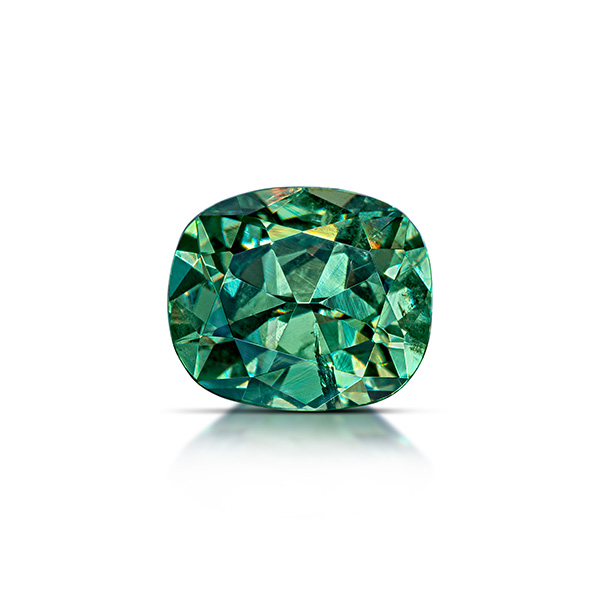
“Historically, most of our business was working through dealers,” Nassi says. “I’m slowly changing that to be designers and retailers—by doing more shows, having more follow-up, getting more involved in organizations and leadership roles. That’s how I’ve expanded.”
The 100% Natural booth in Tucson will also showcase corundum from Sri Lanka—including blue and pink sapphires and some ruby—fine Brazilian and Indian alexandrites, super fine black opals from Australia, and emeralds from Colombia and Zambia. But the Vietnamese spinels will take center stage.
Says Nassi: “I find the Vietnamese material to have an electricity, a vividness that’s unmistakable.”
Top: A blue spinel from Lục Yên
- Subscribe to the JCK News Daily
- Subscribe to the JCK Special Report
- Follow JCK on Instagram: @jckmagazine
- Follow JCK on X: @jckmagazine
- Follow JCK on Facebook: @jckmagazine

